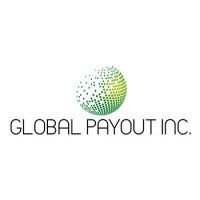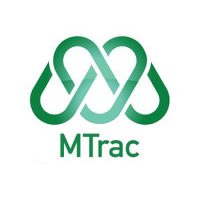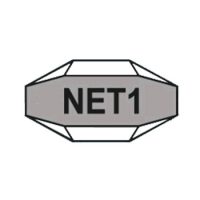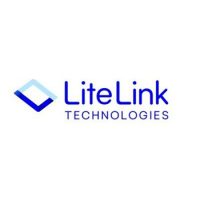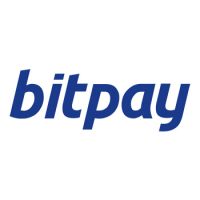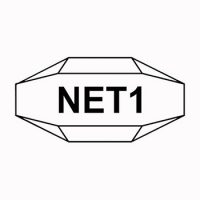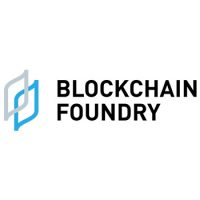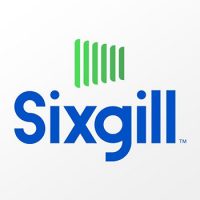Blockchain
AXIA Announces Launch of Hyper-Deflationary Blockchain With Eco-Conscious Proof-of-Participation Protocol

AXIA, the organization delivering the first hyper-deflationary network and digital currency, today announced the official mainnet launch of the AXIA blockchain. The launch follows a short testnet period of just under two months, and comes at a time when inflation is nearing staggering double digit rates in the United States for the first time in decades. AXIA and its native currency, AXIA Coin, provide a hyper-deflationary economic design in which the currency itself becomes more and more scarce through any form of activity or participation across the network, acting as a superior store of value and a reliable hedge against inflation.
While both first and second generation blockchains introduced new decentralized financial structures to the global marketplace, both models have displayed fundamental flaws. These critical issues include poor economic models for their native currencies, lack of interoperability, wealth concentration, slow speeds, negative environmental impacts, and inaccessibility to everyday individuals. AXIA is a third generation blockchain that was developed to specifically address these inefficiencies by:
Providing a superior economic model through its hyper-deflationary design.
The AXIA Network delivers a participatory hyper-deflationary model. Meaning, any and all activity on the AXIA Blockchain and in the ecosystem ensures that AXIA Coin will become more scarce over time, which can benefit users and stakeholders in an ongoing manner. This system also ensures a negative correlation between network demand and supply.
Eliminating congestion to speed up transactions.
By incorporating a network design that allows multiple blockchains to operate simultaneously and numerous strings of processes to be executed in tandem, AXIA sidesteps various network pace issues that have hampered previous generations of blockchains. This key feature allows AXIA users to operate at speeds over 143 times faster than Bitcoin and at least 33.33 times faster than Ethereum.
Addressing the challenges of interoperability between blockchains.
Historically, first and second generation blockchains have offered limited interoperability to their users, and in some cases none at all.
AXIA was specifically designed to address this problem by facilitating over 100 interoperable blockchains (AllyChains) at its outset – the number of which will only grow over time – that operate in conjunction with its primary chain (CoreChain). The AXIA Network allows for greater autonomy and decentralization as AllyChains feature their own governance, native token and business processes while working in unison with the CoreChain. Additionally, AXIA has developed a bridging tool called AXtend that allows multiple projects from other networks to seamlessly join the AXIA blockchain and gain all the benefits it has to offer.
Delivering unprecedented global accessibility that enables anyone with an Internet-connected electronic device to participate in network consensus.
Unlike leading blockchains that often require energy-intensive mining equipment or strong technical know-how, the inclusive design of AXIA ensures that anyone with an Internet connection can participate with the network. This unprecedented global accessibility enables anyone with an electronic device such as a mobile phone or electric car to be part of network consensus. AXIA not only takes decentralization to the next level by welcoming more people into the governance process, but the inclusive nature also enhances security simultaneously – making it much less vulnerable than other networks
Reducing energy consumption.
AXIA is delivering a greener future to blockchain by introducing its innovative Proof-of-Participation (“PoP”) consensus. The PoP model is designed to decrease the energy consumption of each user. The AXIA Network itself uses 246,309 times less energy than Ethereum and, on average, 1,278,244 times less than Bitcoin.
Lowering fees.
The hyper-deflationary design results in gas fees on AXIA (approximately $0.001 USD per transaction) costing significantly less than on legacy blockchains like Bitcoin (around $7.60 per transaction) and Ethereum (approximately $15 per transaction).
“The launch of the AXIA Network mainnet is a giant leap forward, not only for the AXIA Project, but for the design and development of blockchain technology as a whole,” said Nick Agar, the founder of AXIA. “We are proud to have tackled so many of the challenges of blockchains 1.0 and 2.0, while still maintaining our core mission: To provide a blockchain network with the benefit of more sound economics, more inclusivity, energy-efficiency and scalability while offering a higher level of decentralization. Now, anyone with access to the Internet has the resources they need to create a more secure and favorable future for themselves and their loved ones as AXIA can provide opportunities and the means for advancement in ways that don’t exist today.”
AXIA plans to launch the following applications on the network in 2022:
- AXclusive – an NFT platform with cross-chain trading and low fees that are burned.
- AXpay – the AXIA version of Apple Pay, enabling global transactions and payment processing in AXIA Coin.
- AXswap – a DEX (decentralized exchange) with farming pools, lotteries and more.
- AXelerator – an incubator and token launchpad that provides a portal through which participants can apply for funding through AXIA.
Blockchain
Cross Border Payments Market to Reach $345.42 Billion by 2033; Rising Volume of International Trade & Services to Propel Growth
Blockchain
PairedWorld Earns Nomination for Best Blockchain Project for Social Impact, Secures $1.5 Million in Private Token Sales, and Welcomes Paul Taylor Who Is a Venture Partner at BlackRock to its Advisory Board
Blockchain
Saakuru Leads the Gasless Blockchain Revolution, Disrupting the Industry
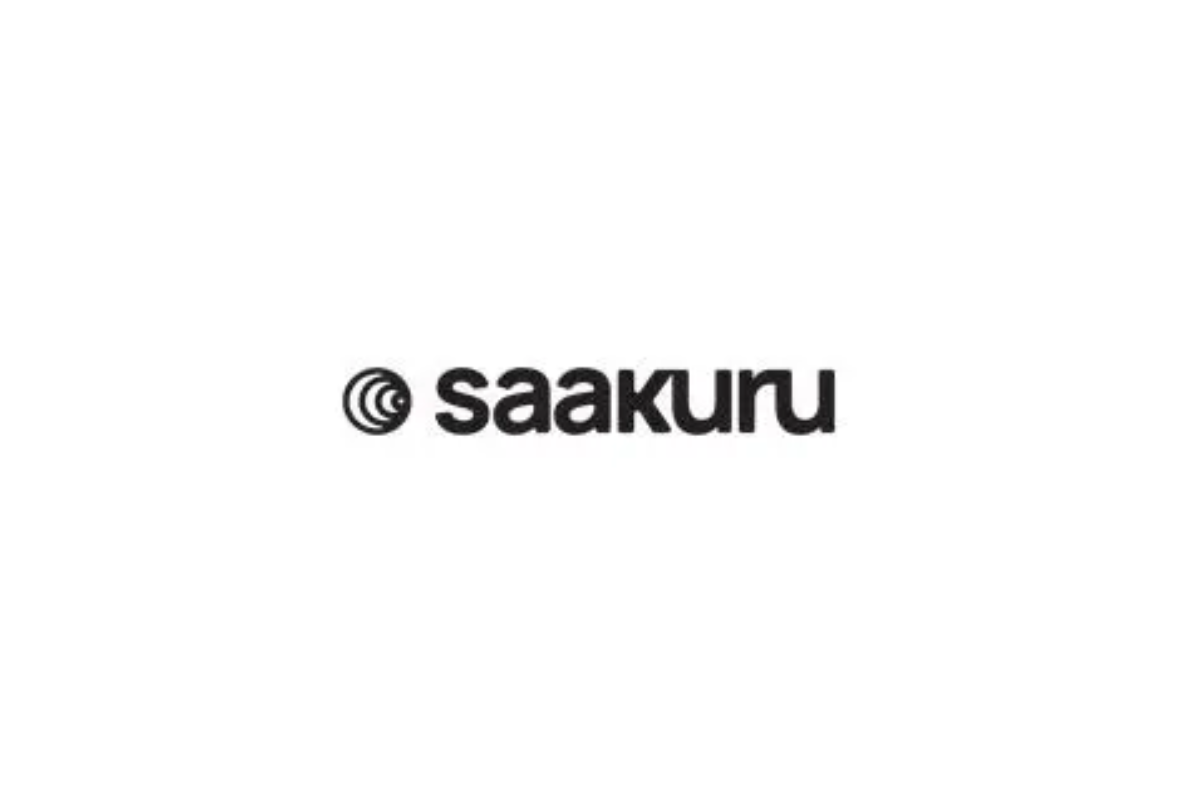
Saakuru has recently achieved significant milestones in its development, positioning itself as a leader in the gasless blockchain revolution that is reshaping the industry. Within just nine months of its launch, the consumer-centric L2 protocol has entered the top 5 brands in its niche and records over 1.44 million weekly users, according to data from DappRadar.
The project is gearing up for the official launch of its Saakuru token ($SKR) by the end of April, supported by a successful private funding round that raised $2.4 million. Saakuru Protocol stands as a pioneering advocate of gasless technology, aiming to accelerate the adoption of Web3 into the mainstream by enhancing the user experience and reducing costs for both developers and end users.
Unlike traditional blockchain networks, which often suffer from high gas fees and security issues, Saakuru Protocol leverages Oasys High-Speed Optimistic Rollups to create a public-permission, gas-less L2 blockchain. This innovative approach eliminates gas fees, improves user experience, and introduces new tokenomics models, enabling the development of versatile decentralized applications with higher security standards, cost-effectiveness, and ease of use.
The Saakuru token serves as a multi-purpose token within the protocol, providing utility and governance. Its advanced burning mechanism gradually reduces the token supply while potentially increasing its value. The token is integrated into all operational layers of the Saakuru protocol:
1. Developer Layer (Saakuru Labs): Provides products and services with proprietary business models, burning 10% of profits.
2. DeFi Layer (Taffy DEX): Utilizes Taffy DEX technology, where 0.005% of transaction fees are converted to SKR tokens and burned.
3. Governance Layer: Enables token holders to participate in protocol governance, with 5% of tokens used for governance initiating the review process being burned.
4. Protection Layer: In the event of triggering the protection mechanism, SKR tokens are burned, with 3% of saved tokens being burned.
Through these innovative features and layers, the Saakuru token and protocol aim to drive adoption, enhance functionality, and provide sustainable value for users and stakeholders alike in the evolving blockchain landscape.
Source: finance.yahoo.com
The post Saakuru Leads the Gasless Blockchain Revolution, Disrupting the Industry appeared first on HIPTHER Alerts.
-

 Blockchain7 days ago
Blockchain7 days agoBlockchain Transforming Travel: Quantum Temple’s Innovative Venture
-

 Blockchain4 days ago
Blockchain4 days agoPhoenix Group Engages BHM Capital as Liquidity Provider to Boost ADX Liquidity and Enhance Market Dynamics
-

 Blockchain Press Releases5 days ago
Blockchain Press Releases5 days agoCanaan Shines at Blockchain Life 2024 in Dubai
-

 Blockchain5 days ago
Blockchain5 days agoQuantum eMotion Files a Patent for Quantum-based Blockchain Wallet Under the Patent Cooperation Treaty (PCT)
-

 Blockchain Press Releases5 days ago
Blockchain Press Releases5 days agoBybit Institutional Report 2024: Institutions Become Bullish and Eye Challenger Chains, while VC Funding Resurges for Infrastructure, Gaming, and AI
-

 Blockchain5 days ago
Blockchain5 days agoElizabeth Warren Urges Treasury Secretary Yellen to Implement Strong AML/CFT Measures for Stablecoins
-

 Blockchain Press Releases6 days ago
Blockchain Press Releases6 days agoBybit and Franck Muller Partner with Sidus Heroes to Launch Cosmic Gears: A Pioneering Web3 Game with a $250,000 Prize Pool and Exclusive Watch Collection
-

 Blockchain7 days ago
Blockchain7 days agoEvolution of the Blockchain World: Doric Blockchain Drives Education and Adoption of Blockchain Technology and Tokenization in Latin America


















